Our days are filled with bad news—or so we assume.
As it turns out, our brains are hardwired to respond more strongly to unpleasant news or bad situations as a means of self-preservation. This focus on adverse events, news, or other stimuli is referred to as negativity bias or positive-negative asymmetry.
While this pessimistic predisposition has its downsides, it’s actually what kept our ancestors alive. More specifically, our attention to the “bad stuff,” helped early humans stay alert and respond to dangerous situations. But in a world where we’re no longer running from predators to stay alive, our built-in negativity bias typically causes more harm than good.
Negative Bias in Action
Negativity bias, or positive-negative asymmetry, is why a snide comment from a co-worker is at the forefront of your mind even though your workday went quite well, overall. Negativity is also embedded in our language, which, as it turns out, has more descriptors for negative emotions than positive ones. Negativity bias shows up everywhere. For example, you might:
Ruminate on the constructive criticism given during a performance review, even though it was an overall positive review.
Focus solely on your partner’s flaws after having an argument.
Write a negative review of a restaurant after one incident of poor service even though you have had plenty of positive interactions previously, but never wrote a positive review.
Fixate on the person who looks unimpressed during your professional presentation, while the rest of the audience seemed generally interested.
If left unchecked, our negativity bias can contribute to higher levels of stress, anxiety, and unhappiness. But if you actively combat this predisposition, you can not only improve the quality of your personal life, but also your professional one.
Impact on Your Professional Life
Positive-negative asymmetry can be a detriment to our professional lives. Research shows that people who dwell on the negative experiences and news earn less than their optimistic counterparts. Additionally, pessimists are more likely to:
Be passed over for a promotion
Be detached from their work
Experience burnout
In other words, people who let their negative bias get the best of them miss out on potential opportunities because all they can focus on are the risks instead of the benefits. Their pessimistic-outlook could leave them in the proverbial dust as competitors take chances and innovate. Additionally, pessimistic employees bring down company morale and are less productive.
Managing an employee with strong negative bias can be difficult. If his or her pessimistic attitude seems to come out of nowhere, have a conversation about it. If the negativity is persistent, have a discussion with them about how he or she is affecting the work environment, and if necessary, draft a performance improvement plan.
How to Overcome Negativity Bias
Since our brains are pre-programmed with a negative bias, it’s important to cultivate positive emotions to create a sense of balance. Our brains naturally store away negative experiences, but it takes some practice to do the same positive ones. Here are some tips to cultivate a better mindset:
Replay the positive moments of the experience for 20-30 seconds.
We give negative moments more of our time than positive ones. It’s for this reason, that we often remember emotional painful instances better than happy, joyful experiences. To combat this issue, take the time to reflect on the positive moments of your day to increase the likelihood of them logged into your long-term memory.
2. Make a daily list of things you are grateful for.
You can make a mental list or journal the small things, like a good cup of coffee or a colorful sunrise. Increased confidence, determination, and happiness are linked to the consistent practice of gratitude. If you keep track of the “little things,” you’re also more likely to achieve your personal goals and sleep better.
3. Reframe the situation.
If you think that your negativity bias is spiraling out of control, try to reframe your problems into actionable challenges while also reminding yourself that you have the capacity to overcome them. It’s also important to remember that all emotional states are temporary.
4. Savor small wins.
When all you can think about is one mistake or missed opportunity, consider all your micro victories, such as completing a big project, submitting an article for publication, or reaching a sales milestone. Making a list of things you want to accomplish—no matter how small—and checking them off of that list can also bring about a sense of accomplishment, which in and of itself can be a reward.
5. Compliment your team members.
Dishing out compliments to others challenges you to seek out their positive attributes instead of their flaws. A compliment is a simple way to reinforce relationships and motivate people. Interestingly, research from the Gottman Institute, found that the ideal ratio for positive to negative interactions is 5 to 1. In other words, for each negative interaction, we should receive five positive ones to balance it out.
Enhance Your Positive Mindset
Practicing positivity on a daily basis can help you overcome your negative default by focusing on positive emotions and events. If you want to learn more about how to cultivate a positive outlook in your personal or professional life, contact Mindfulness Strategies today.



